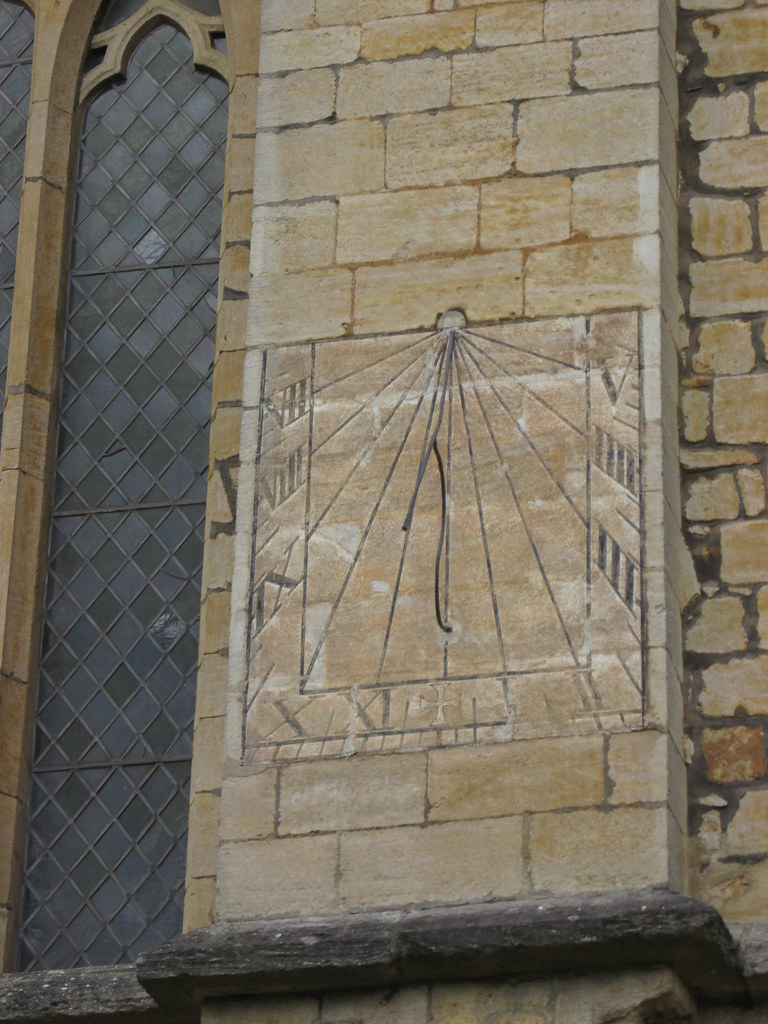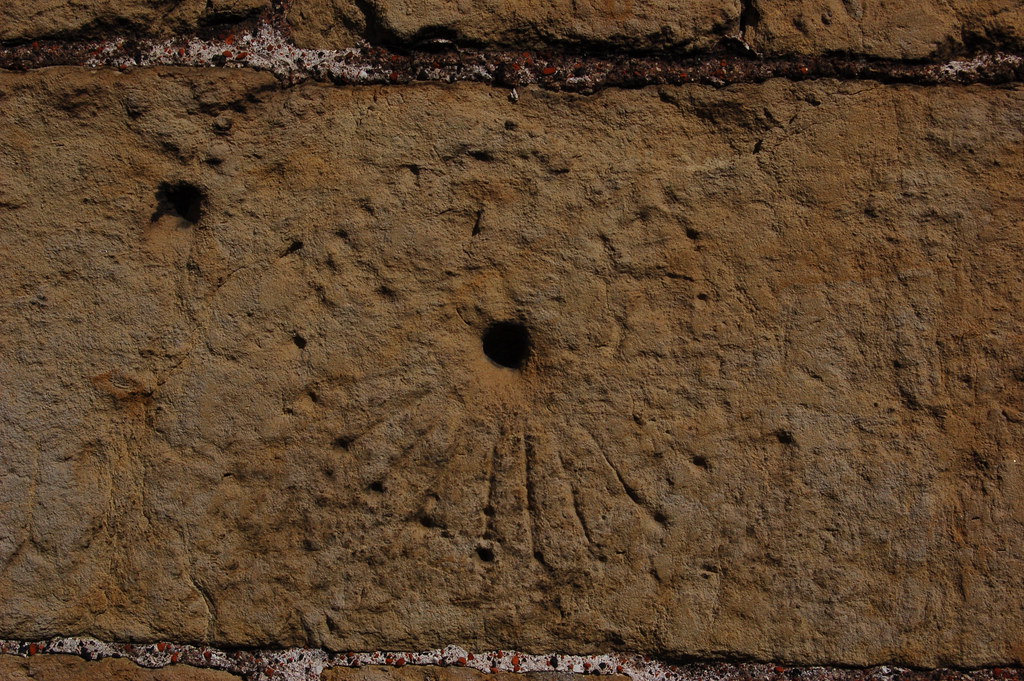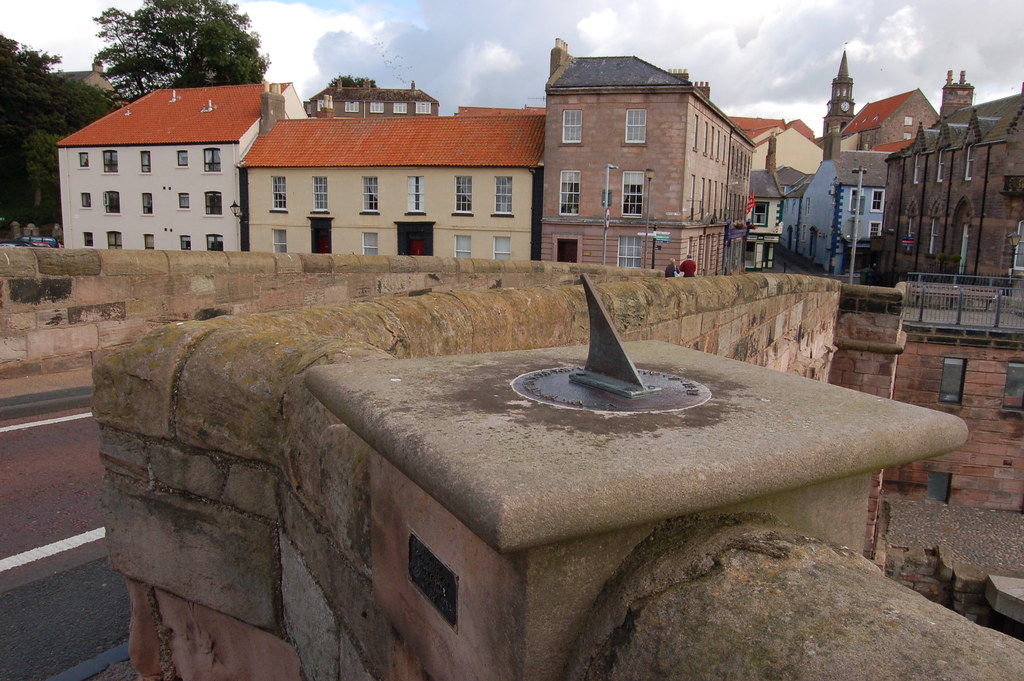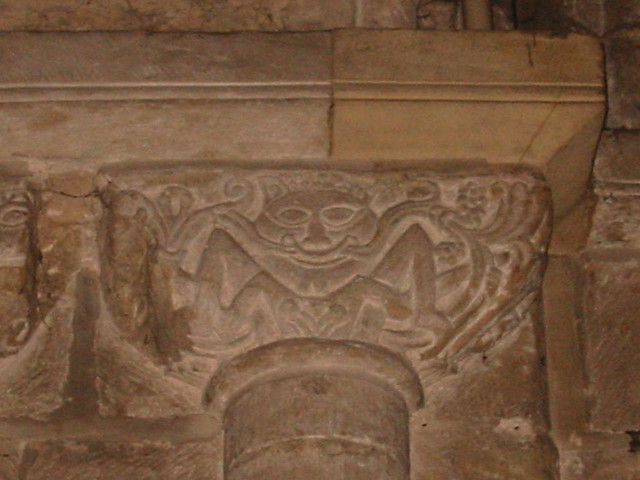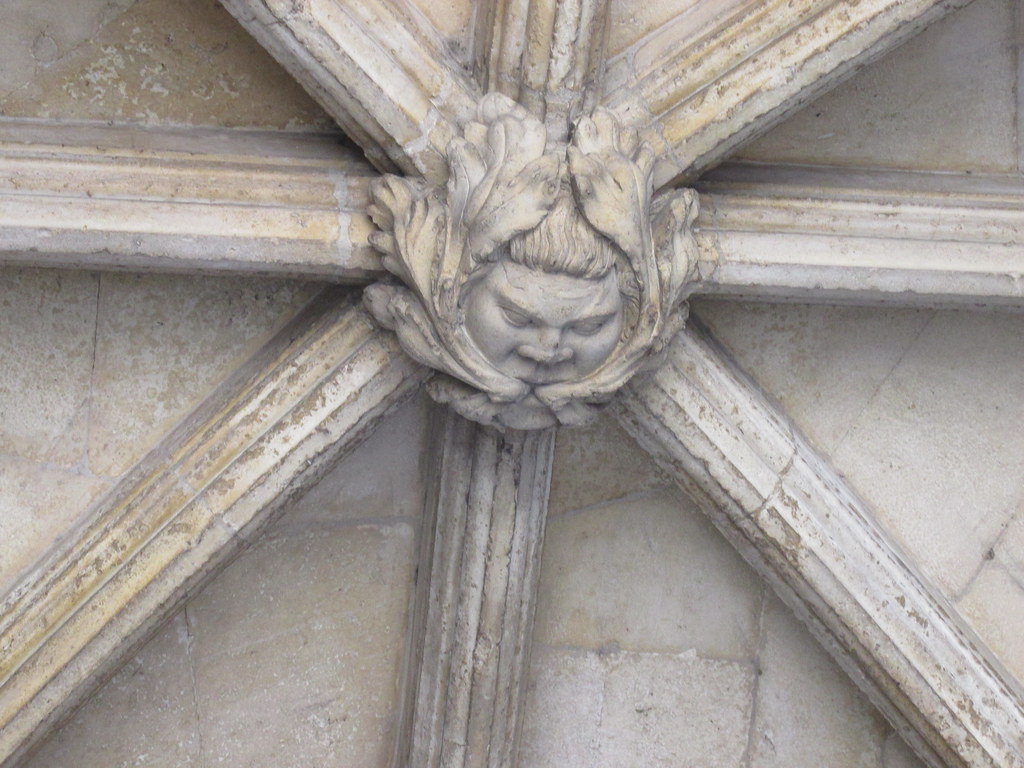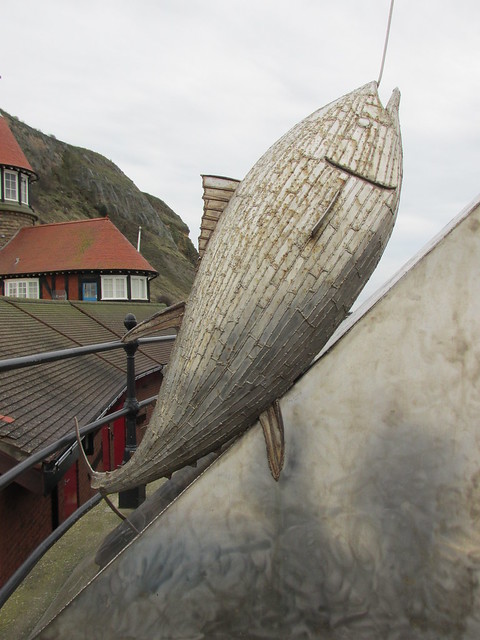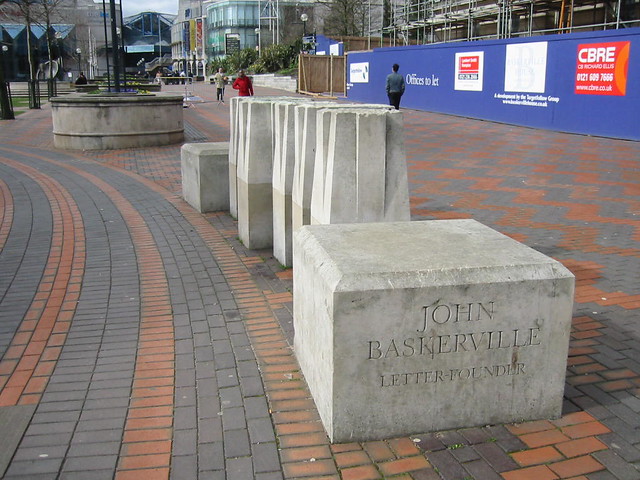“Hey Henry. What are we going to call this monster?”
“Model T”
“Why?”
“Because it’s taken a few models to get it right and T is
the next letter in the series.”
Unimaginative Henry Ford didn’t think he needed to give his
new, mass-produced car a fancy name. Model
T isn’t the most attractive name to give a new product, but let’s face it, Old
Henry didn’t have a lot of opposition when he started out in the motor trade.
His attitude of “any colour you like as long as it’s black” doesn’t really
suggest that his customers’ views were important to him.
But as demand for cars grew and more companies joined the
battle for market share, designers had to become more creative. They needed names for their vehicles that
would make people choose their model over anyone else’s. And the whole idea of
car marques started.
Take Rolls Royce, for example. Silver Ghost and Silver Cloud,
Phantom, Wraith, told you that you were in for a smooth, silent and above all,
opulent ride. Even the mascot was called Spirit of Ecstasy. British Leyland cars, however, were much more workaday.
While the Triumph marque hinted at success, and the Morris Oxford and Austin
Cambridge implied something upmarket, many others were known simply for their
engine size. My family owned a Morris
1000 and an MG 1100, to name but two of the cars the company offered. There were some names that made more effort. Spitfire,
for example, Stag, Marina, Princess, Allegro, Acclaim. But Mini Moke? And the MG Midget would probably be dismissed
as politically incorrect these days.
There was a brief spate of naming cars after people, but the
Ford Edsel, named after the company founder’s son, was a spectacular failure –
notably because of its unusual ‘toilet seat’ grille design. Mercedes was more of a success story. That began as a side shoot of the Daimler-Motoren-Gesellschaft
(DMG) company and was so-called by racing enthusiast Emil Jellinek who favoured
the cars and competed under his daughter’s name – Mercedes.
A few spectacular mistakes have arisen in translation. The
Mitsubishi Starion, for example, is believed to have arisen from a Japanese engineer’s
inability to pronounce “stallion” correctly, although the company now says it’s
a corruption of Star of Orion. They
renamed it Conquest for the US market though, so I don’t believe them!
So what of modern day cars; do the latest names follow a
trend? Well, looking at some of them it’s hard to decide what on earth they
mean. My researches have revealed some interesting explanations.
Take the Toyota Yaris, for example. Apparently it’s from an
ancient Greek word symbolising beauty (Charis) and the German for yes –Ya – and
is supposed to attract customers in Europe.
Didn’t it make you all go out and buy one? No? Me
neither.
When it comes to attracting the European market Toyota has a
long record of using western words without taking too much notice of whether
the market will understand them. Supra,
Celica, Auris, Corolla, Prius, Corona, Avensis and Previa all derive their
names from European or Latin words. If you want to know how, see Toyota’s blog
by clicking here .
But what about some others - Juke, for example. In Scots dialect it means
to dodge, or feint, in sports such as boxing, or rugby. But it’s much more
likely that Nissan chose it for its juke
box connotations. They were named for a Gullah creole word meaning
disorderly, or wicked, but are so well entrenched in modern parlance that the
origin is irrelevant.
And what of the most perplexing of all, the Qashqai? It’s apparently a group of nomadic people
from around Qashqay in Iran. But it’s often referred to as the “cash cow” owing
to the number of them sold making a mint for the company.
Personally, I drive a VW Fox. (VolksWagen is an interesting name in itself –
meaning car of the people.) It’s nippy, small, can get into some surprisingly
tight spaces and is mainly designed for city use - a typical current-day fox
habitat - so it’s well named. But I’m
sorry to say that I bought it because it was a good price.
